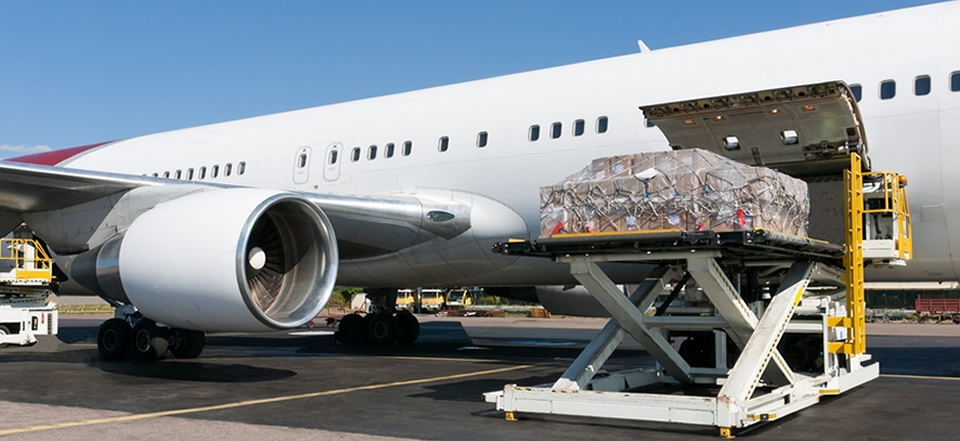Middle East airlines posted the slowest regional cargo traffic growth in January, weighed by the challenging political environment in the Middle East, the International Air Transport Association said.
Freight volumes increased 4.4% during the month, while capacity increased 6.3%, the slowest freight ton kilometers posted by regional airlines posted for just the third time in the past decade. FTK is an industry bellwether that measures how much freight business an airline gets, Reuters reported.
Meanwhile, on a global scale, freight demand rose 8% in January compared with the year-earlier period, and was up from the 5.8% growth posted in December 2017.
“We expect demand for air cargo to taper to a more normal 4.5% growth rate for 2018. But there are potential headwinds. If President Trump follows through on his promise to impose sanctions on aluminum and steel imports, there is a very real risk of a trade war. Nobody wins when protectionist measures escalate,” Alexandre de Juniac, IATA’s director general and CEO, said in a statement.
Carriers from the Asia-Pacific reported a 7.7% increase in freight volumes during the said month, driven by strong demand from the region’s major exporters China and Japan, which reported more active shipping activities to Europe.
North American airlines’ freight volumes meanwhile expanded 7.5% in January, and capacity increased 4.2%. The strength of the US economy and the US dollar have improved the inbound freight market in recent years, IATA said.
European carriers posted a 10.5% increase in freight volumes, thanks to brisk demand for new export for new export orders among the region’s manufacturers.
Latin American airlines reported an 8% uptick in freight volumes, which coincided with signs of economic recovery in the region’s largest economy, Brazil. In Africa, carriers from the region reported that freight demand went up by 12.9% in January, boosted ‘by very strong growth on the trade lanes to and from Asia.’


